Pistachio Image Dataset
Papers and Code
Introduction of a new Dataset and Method for Detecting and Counting the Pistachios based on Deep Learning
May 08, 2020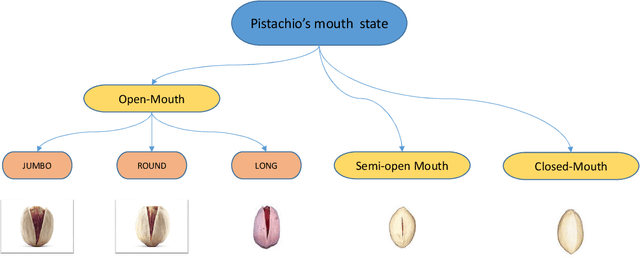
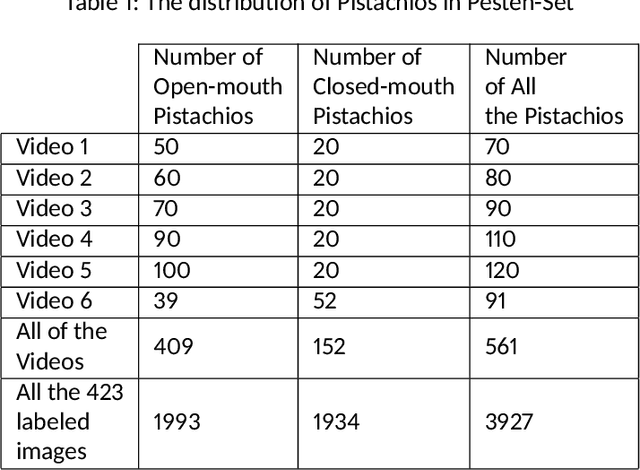

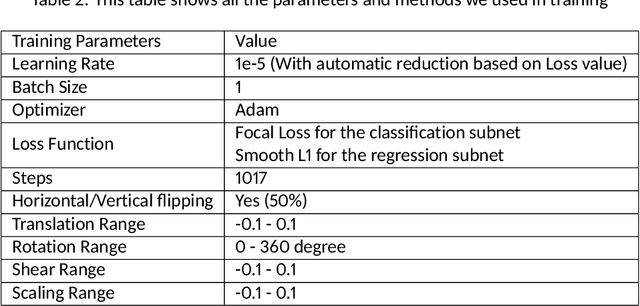
Pistachio is a nutritious nut that has many uses in the food industry. Iran is one of its largest producers, and pistachio is considered as a strategic export product for this country. Pistachios are sorted based on the shape of their shell into two categories: Open-mouth and Closed-mouth. The open-mouth pistachios are higher in price, value, and demand than the closed-mouth pistachios. In the countries that are famous in pistachio production and exporting, there are companies that pack the picked pistachios from the trees and make them ready for exporting. As there are differences between the price and the demand of the open-mouth and closed-mouth pistachios, it is considerable for these companies to know precisely how much of these two kinds of pistachios exist in each packed package. In this paper, we have introduced and shared a new dataset of pistachios, which is called Pesteh-Set. Pesteh-Set includes 6 videos with a total length of 164 seconds and 561 moving pistachios. It also contains 423 labeled images that totally include 3927 labeled pistachios. At the first stage, we have used RetinaNet, the deep fully convolutional object detector for detecting the pistachios in the video frames. In the second stage, we introduce our method for counting the open-mouth and closed-mouth pistachios in the videos. Pistachios that move and roll on the transportation line may appear as closed-mouth in some frames and as open-mouth in other frames. With this circumstance, the main challenge of our work is to count these two kinds of pistachios correctly and fast. Our introduced method performs very fast with no need for GPU, and it also achieves good counting results. The computed accuracy of our counting method is 94.75%. Our proposed methods can be remotely performed by using the videos taken from the implemented cameras that could monitor the pistachios.
Deep Learning-Based Classification Of the Defective Pistachios Via Deep Autoencoder Neural Networks
Jun 10, 2019

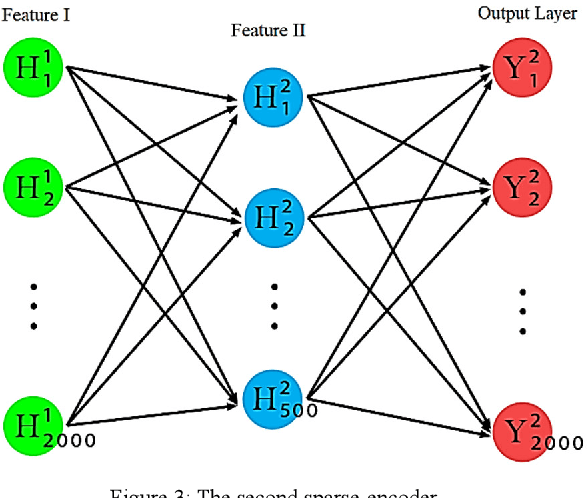
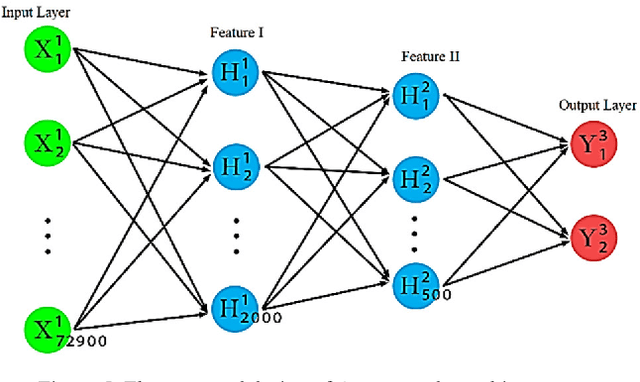
Pistachio nut is mainly consumed as raw, salted or roasted because of its high nutritional properties and favorable taste. Pistachio nuts with shell and kernel defects, besides not being acceptable for a consumer, are also prone to insects damage, mold decay, and aflatoxin contamination. In this research, a deep learning-based imaging algorithm was developed to improve the sorting of nuts with shell and kernel defects that indicate the risk of aflatoxin contamination, such as dark stains, oily stains, adhering hull, fungal decay and Aspergillus molds. This paper presents an unsupervised learning method to classify defective and unpleasant pistachios based on deep Auto-encoder neural networks. The testing of the designed neural network on a validation dataset showed that nuts having dark stain, oily stain or adhering hull with an accuracy of 80.3% can be distinguished from normal nuts. Due to the limited memory available in the HPC of university, the results are reasonable and justifiable.
 Add to Chrome
Add to Chrome Add to Firefox
Add to Firefox Add to Edge
Add to Edge